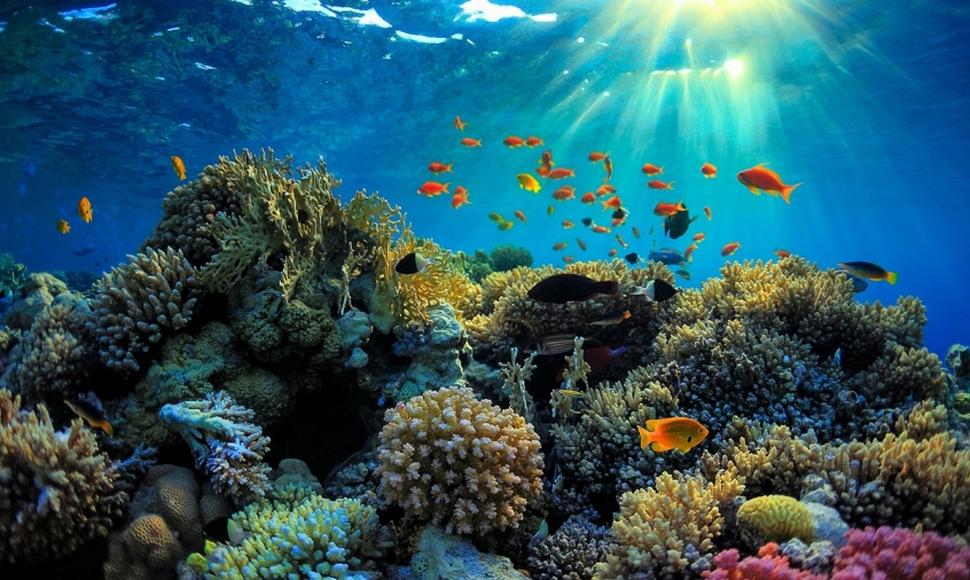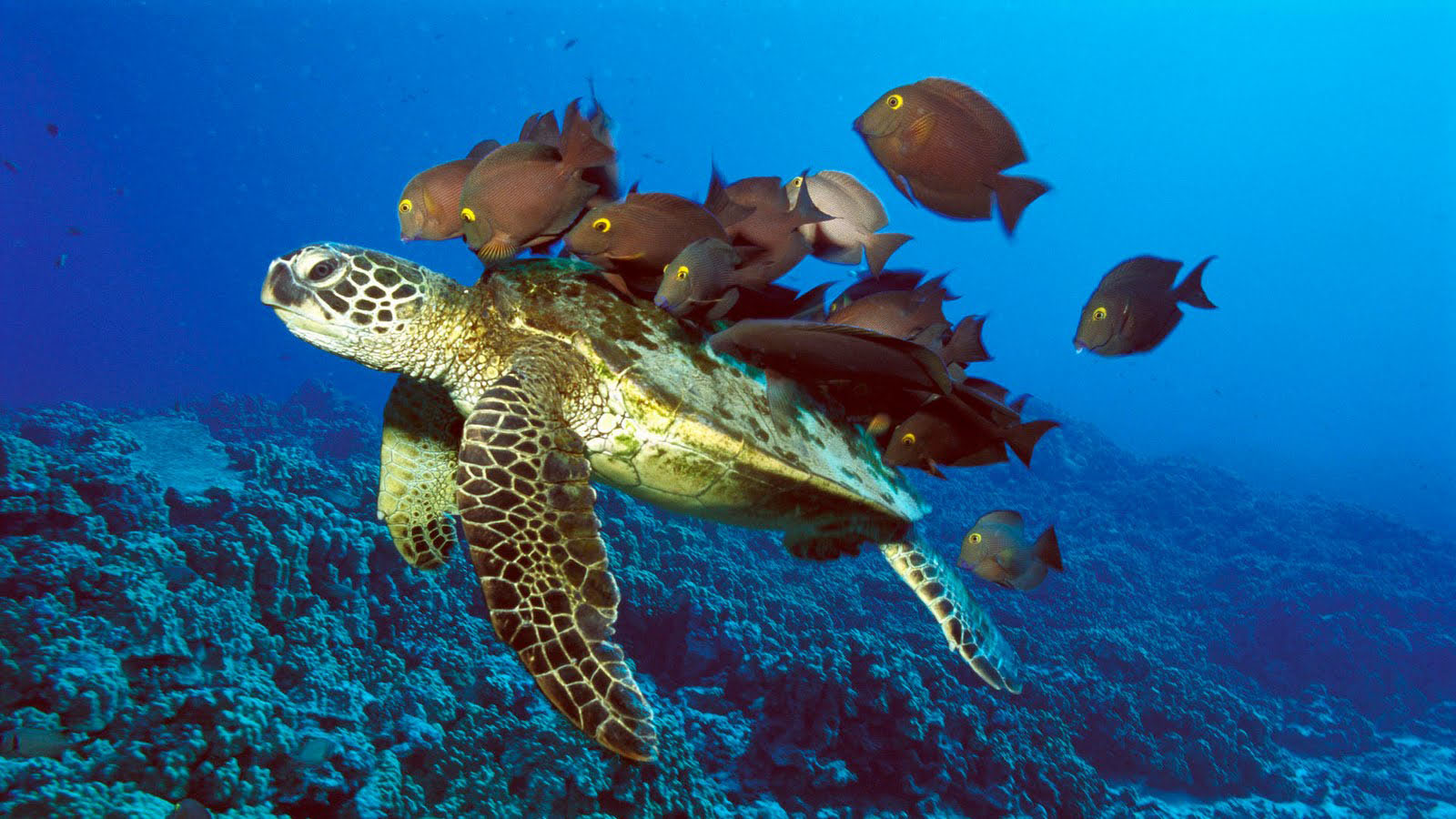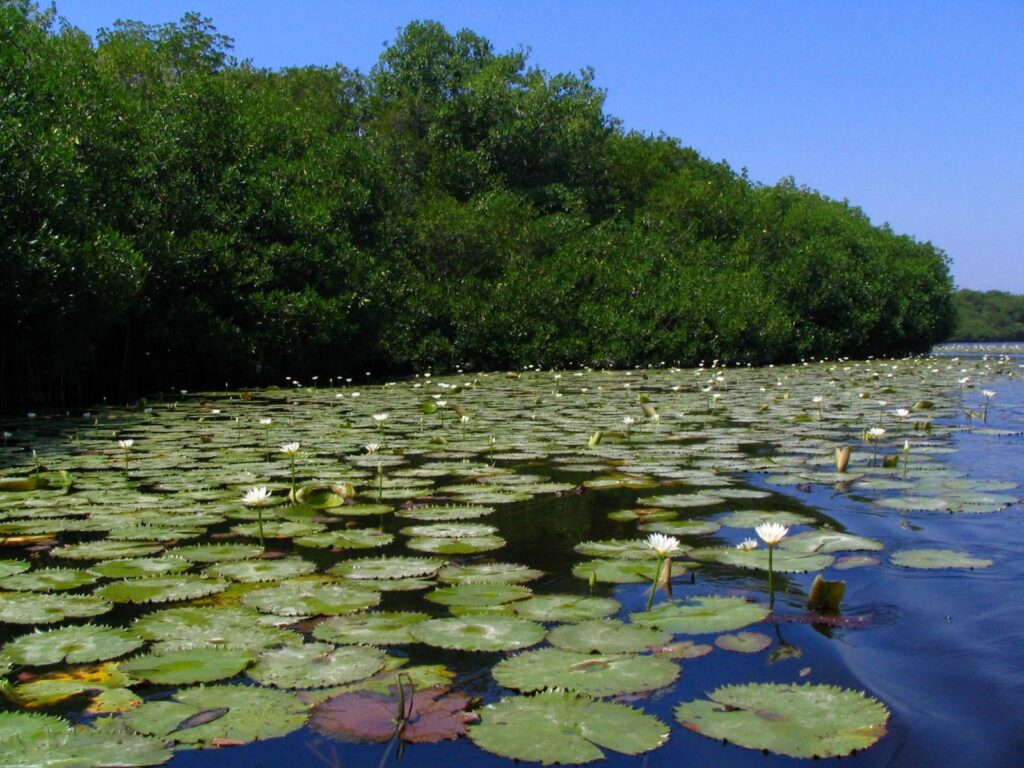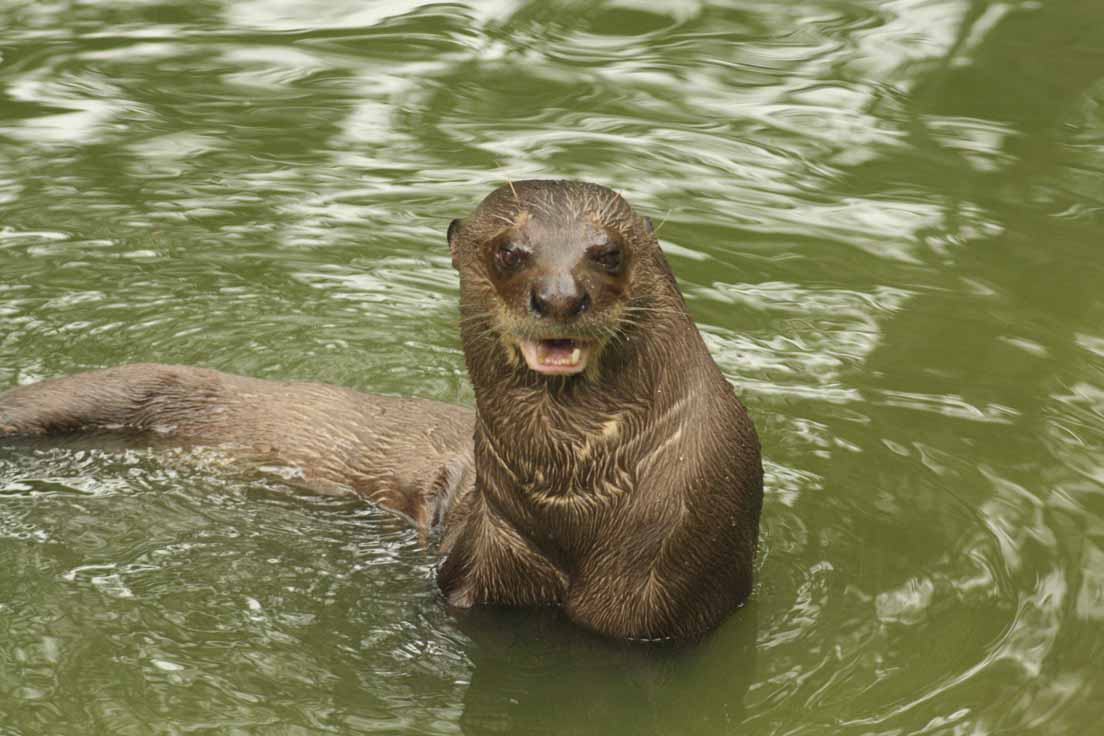Aquatic Ecosystems are rich in fauna and flora that can range from microorganisms to large mammals located both in freshwater and in seas and oceans, respecting the characteristics of the environment where they develop. In this article you will learn about its particularities, classification, types and some examples. Keep reading, you will see that you will be surprised!

Aquatic Ecosystems
Aquatic ecosystems are made up of a series of elements and living beings that interact with each other in a harmonious way. Biotic factors are those that represent plants, animals and microorganisms. In the case of abiotics, they refer to light, temperature and other elements of the environment. The balance of these ecosystems is essential for environmental stability, understanding that most of the planet is covered with water.
In them you can find flora, vegetation, fauna and other organisms that together represent a great symbiosis that occurs in fresh or salt water. All the living components of these ecosystems develop submerged in water, so they acquire very peculiar characteristics based on the environment in which they evolve as a consequence of adaptation processes.
Features
Aquatic ecosystems are characterized by presenting a large amount of life with complex food chains adapted to the environments in which they live. Some animals that make life in these ecosystems have the property of going to land to fulfill functions such as spawning. Among them are amphibians and aquatic reptiles. As for the flora, it is composed mostly of algae and corals in the case of seas and oceans.
However, in the rivers and lagoons where the water is full of organic remains, it becomes cloudy, dark and in some cases with a low concentration of oxygen, flora and fauna adapted to these conditions can be found.
Classification of Aquatic Ecosystems
There is a wide variety of aquatic ecosystems where you can find diversity of flora and fauna, adapted according to depth, lighting quality, oxygen concentration. That is why they have been classified into four large areas or groups in the case of those belonging to marine ecosystems, those located in the intertidal, when they are close to the mainland, these areas are characterized by a large amount of movement and erosion process .
Those found in the open sea are those that have the most abundant variety of plants and fish, here the temperature is higher, since they are not at great depths and the sun's rays are able to directly affect them. Unlike this is the ocean floor, where darkness reigns and therefore the temperature is usually lower. The abyssal or benthic zone for its part is the part that includes pits and cracks.
In them there is no presence of light and very little organic matter, so life is a bit inhospitable. The few animals and plants that live there can have really surprising characteristics.
In freshwater ecosystems, their categorization will be determined by the movement of waters, among them are wetlands, which result from certain temporary floods and are able to unite aquatic and terrestrial ecosystems. The Lentic, in them there is a large amount of organic matter since they are calm waters and with little or no movement here you can include lakes, lagoons and ponds. On the other hand, there are the lotics, in them there is more interaction between ecosystems and their waters present greater movement.
Types of Aquatic Ecosystems
Aquatic ecosystems need to be divided into two large groups: marine and freshwater. In the case of marine or halobic ecosystems, there are the seas and oceans, these are kept in balance despite human activity and pollution levels. This is a world that still harbors many mysteries for science.
Freshwater ecosystems or limnobios, are home to a large amount of biodiversity that includes fauna and flora. Being the latter the one with the greatest presence, rivers also have the peculiarity of hosting various microsystems, which are classified as benthic, which are found at the bottom of the system, but where the sun's rays still have an impact and their main cohabitant are algae.
Nektonic aquatic systems are composed of these organisms that are capable of moving between currents, with total independence. Unlike the planktonic ones that live on the surface floating in the water, which allow themselves to be carried away by currents and divide into zooplankton, which are primary consumer organisms such as protozoa, larvae and some crustaceans, and phytoplankton, which are producers that carry out photosynthesis between them. microscopic algae are really important because it is the first link in the food chain of the seas.
In the case of the neustonics, they are the ones that have the property of living floating on water. Each of these systems can be applied both to seas and to fresh water, everything will depend to a great extent on the form of movement and way of life.
Flora and Vegetation of Aquatic Ecosystems
The flora in aquatic ecosystems is very diverse. Fresh waters are characterized by hosting a wide variety of plant species. Thanks to the organic richness they possess, unlike those of marine areas where aridity and salinity limit to a certain extent the proliferation of plants, there are abundant grasses, that is, monocotyledonous plants with cylindrical, knotty and hollow stems, its leaves are alternate that embrace the stem. The flowers are presented in clusters in spikes.
The plants found in these areas are highly resistant to the ravages of the climate. Some have the property of adhering to rocks to protect themselves. Others take advantage of cracks in rocks or cliffs to develop. In the depths of the sea there are other varieties of plants according to the place they occupy, such is the case of Posidonia oceanica whose characteristics are very similar to land plants, it has a rhizomatous stem and roots, its leaves can reach up to a meter high. For their part, phanerogams are vascular plants that produce seeds, they also have a stem, root, leaves and flowers.
Animals that live in Aquatic Habitats
The aquatic world has a great variety of species both in freshwater ecosystems and in the seas and oceans. It is worth noting that there are species that have managed to adapt to coexist in both systems where the water is brackish. But the same in all three cases their characteristics tend to be very similar. Among them are simple invertebrates, that is, they do not have a skeleton, as is the case with snails, jellyfish or anemones. Complexes are found in both systems and include echinoderms, arthropods, and molluscs.
These ecosystems are the habitat of larger and more complex species such as amphibians and fish. These have a column and in the case of amphibians they have the power to be outside their habitat, most of these in their adulthood develop lungs and gills. The fish can reach large dimensions, such is the case of a shark or a sea bass.
mammals and birds
In both freshwater and saltwater ecosystems it is the perfect habitat for a wide variety of species. As for mammals, the oceans are home to large higher vertebrates such as cetaceans, including whales, dolphins, killer whales, seals, manatees and porpoises. In the rivers are platypus, hippopotamus, European otter, beavers and river dolphins.
For their part, birds have a great diversity, since there are many species that can be found both in sea areas and in rivers, lakes and lagoons. They have the ability to adapt to life in the marine environment. They can be highly pelagic, that is, they live on the water and come close to the coast. In the case of coastal or shorebirds, most of them have large, strong beaks that are convex at the tip, such as seagulls and albatrosses. Here it is worth mentioning the penguins, which are non-flying seabirds that are distributed almost exclusively in the southern hemisphere and some on the Galapagos island.
Examples of Aquatic Ecosystems
There are many examples of aquatic ecosystems, and here we want to highlight a few. The coastlines, these waters have quality temperatures, not being so deep and sunlight plays its best role. This makes them the perfect habitat for many animal and plant species. Here you can include the reefs that are the main source of life in the seas. There is also the polar ocean, it is home to a bacterial flora that is a delicacy for many fish and marine mammals.
Now, as an example of freshwater ecosystems, mangroves can be named. These turn out to be very rough waters and that is why its dense appearance, its soil is usually clayey with a large amount of organic material. Small fish and amphibian species coexist in it. Ponds, on the other hand, are still waters and therefore the ideal habitat for many microorganisms. They also have soil loaded with nutrients and their waters are usually cloudy, making them the ideal hiding place for many species.
Curious Facts of Aquatic Ecosystems
Did you know that the main lung of the earth is not the Amazon Rainforest. It is the seedling found in the sea, which generates 75% of the oxygen we breathe and absorbs 25 percent of the carbon dioxide we emit. 60% of marine species live within 60 kilometers of the coast. The Great Barrier Reef, located in Australia, the largest in the world. It extends over 2.300 km and is home to a large number of ecosystems.
You knew that the most beautiful river in the world is in Colombia. It is known by the name Caño Cristales, in it there are rare algae that dye its waters with colors that resemble a great aquatic rainbow. On the other hand, there is an amazing river located in the Congo, the deepest in the world with more than 220 meters of depth and with a great diversity of fauna and flora.
If you want to learn much more about Aquatic Ecosystems, watch the following video. You will be surprised!
To learn much more about the Environment follow these links. You will love them!
Natural and Cultural Environment
How does pollution affect the planet?




